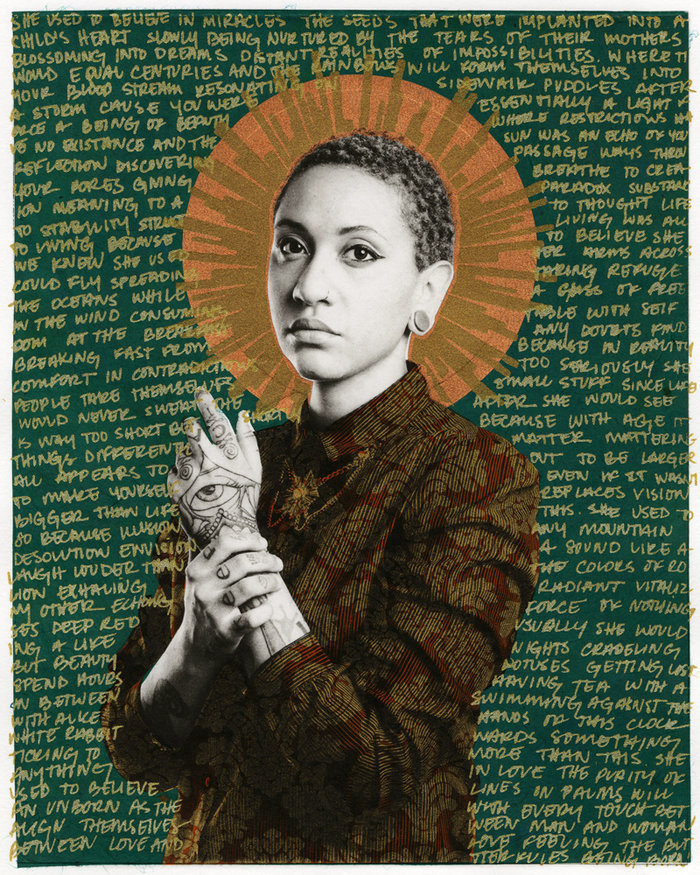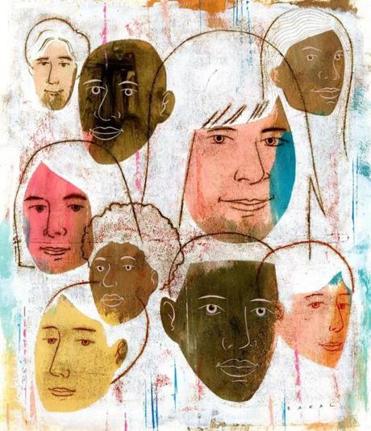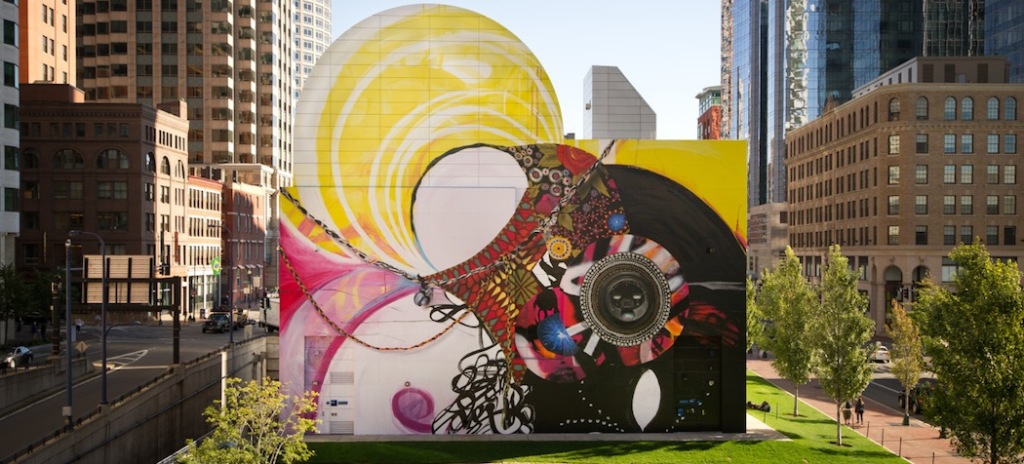Link Roundups feature articles and bits of internet goodness that our dramaturgy team digs up. If you find something you want to send our way, drop us a line on Facebook or Twitter!
♦♦♦♦♦

The Colonial Theatre, BU Theatre and the Shubert Theatre. (Blng/Flickr, BU Today, Citi Performing Arts Center)
The ARTery’s Ed Siegel has a good breakdown of the recent space shake-up in Boston:
Although every situation is different, Walsh needs to step into Menino’s shoes and make sure that the energy and commitment that Menino put in place is not diminished. This is more than a matter of helping large institutions. Without the Huntington’s stewardship of the Calderwood, the SpeakEasy Stage Company would not have grown from a small theater to such an important midsize one. Company One Theatre would probably not have grown from the fringe to one of the best theaters in Boston. As Jane Chu, chairman of the National Endowment for the Arts, the Boston Foundation’s Paul Grogan and the Barr Foundation’s James Canales have said, there is an ecology to an arts scene. And the health of large institutions is important to small ones as well.
♦♦♦♦♦
Playwright Annie Baker (THE FLICK, THE ALIENS) joined Mark Maron on his WTF podcast this week to talk about her writing process and the state of the American theatre. It’s a great listen — check it out!









